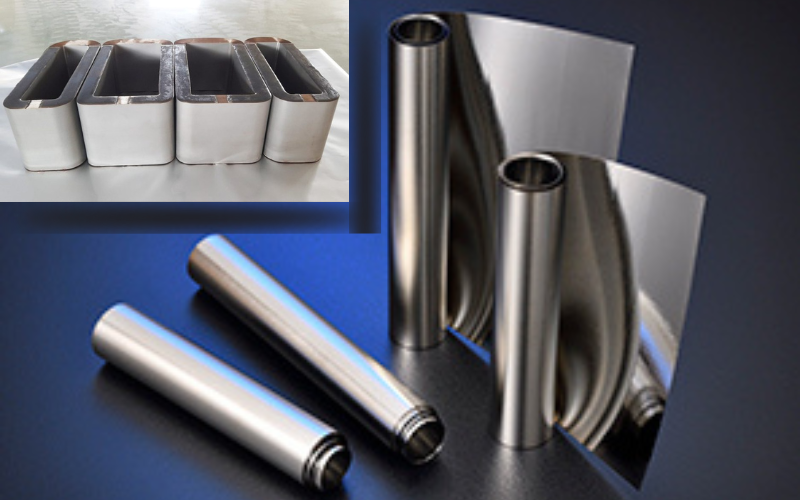
In the
modern world where energy efficiency and sustainability are paramount, Amorphous
Metal Transformers (AMTs) are emerging as a key solution for reducing
transmission and distribution losses. But what makes them different from
conventional transformers, and why are they gaining momentum globally? Let’s
dive into the world of AMTs and explore their construction, advantages,
applications, and future potential.
What Are Amorphous Metal Transformers?
Amorphous
Metal Transformers are a type of distribution transformer that use amorphous
metal cores instead of conventional crystalline silicon steel. These cores
are made from a metallic glass — a non-crystalline alloy (usually
iron-based) — which drastically reduces core losses.
Unlike
traditional grain-oriented silicon steel, amorphous metal has a disordered
atomic structure, which leads to lower magnetic hysteresis and eddy current
losses.
Construction of AMTs
While
AMTs have a similar outer appearance and basic design to conventional
transformers, their core material sets them apart:
- Core Material: Amorphous metal ribbon
(thin and flexible, about 25 microns thick)
- Winding: Copper or aluminum
conductors
- Insulation: Standard insulation
materials like paper or epoxy
- Tank and Oil: Standard transformer oil
and sealed tank to prevent moisture ingress
Key Advantages of AMTs
- Lower No-Load Losses (Core Losses)
AMTs typically offer 60-70% reduction in no-load losses compared to silicon steel transformers. - Enhanced Energy Efficiency
Reduced losses translate to less electricity wastage — crucial for utilities aiming to reduce their carbon footprint. - Cooler Operation
Lower losses mean less heat generation, reducing the burden on cooling systems. - Cost Savings Over Time
Although the initial cost is slightly higher, the lifetime energy savings make them more economical in the long run. - Longer Life Expectancy
Lower operating temperatures and improved thermal performance lead to extended transformer life.
Limitations and Challenges
Despite
their many benefits, AMTs come with a few drawbacks:
- Higher Initial Cost
The amorphous metal core is more expensive to manufacture and handle. - Mechanical Fragility
The thin, brittle nature of amorphous metal ribbons demands careful handling during manufacturing. - Larger Size and Weight
To achieve the same power rating, AMTs may be bulkier than conventional units.
Applications of AMTs
Amorphous
Metal Transformers are ideal for:
- Rural and urban distribution
networks
- Renewable energy integration
(solar, wind)
- Green buildings and smart
cities
- Utilities aiming for
energy-efficient infrastructure
Countries
like Japan, China, and India are aggressively deploying AMTs under energy
conservation initiatives.
Future Outlook
With
increasing global emphasis on reducing transmission and distribution losses,
AMTs are expected to play a pivotal role. Government policies, energy
conservation codes, and carbon reduction targets will likely drive wider
adoption of AMTs, especially in developing nations with aging grid
infrastructure.
